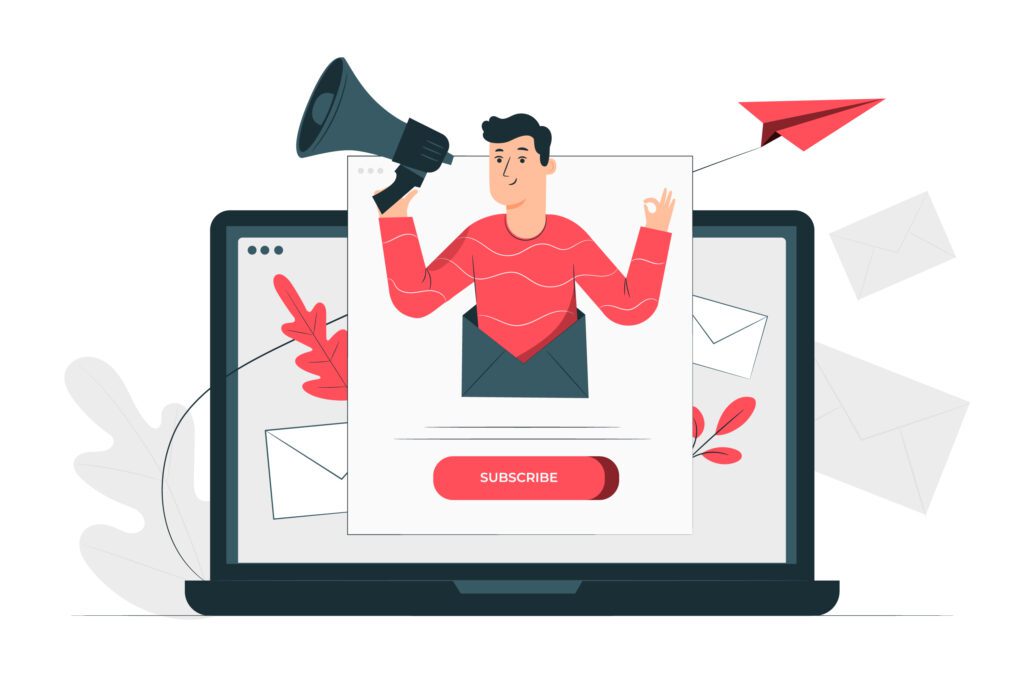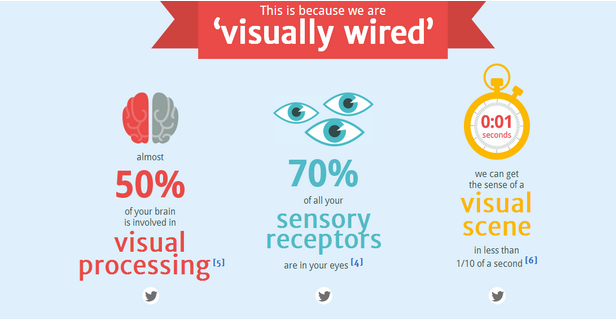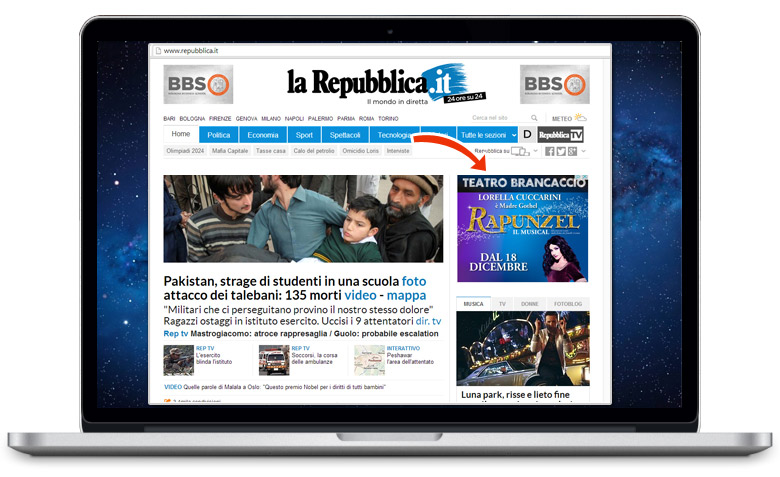
Google Ads for Startups is a term you have probably heard. But do you know how to use them effectively? These are just a few tips: Budgeting and Cost-per-click bid. Conversion rate. Retargeting. This article offers a crash course for startup Google Ads. This article will show you how to create and manage your ads as well as how conversion tracking can help improve your results.
Budgeting
There are many benefits to budgeting Google Ads for startups. It's much less expensive than SEO. SEO is an effective way to establish a strong web presence. Google Ads can be setup to make your company appear immediately in the SERP. Google Ads allows for flexible pricing. You only pay for people clicking your ad. This allows you to set a budget that fits your overall marketing budget.
Before you budget Google Ads for startups, know your total costs. Your goal should be maximize ROI or return of investment. To ensure you're not spending too much, calculate the cost of each acquisition and the lifetime worth of each customer. Spend about a third on Google AdWords. Spending more than that will make it look like you're printing money and not increasing your sales.
Cost-perclick bid

Startups must know what their costs are in order to make the most out of their marketing budget. Usually, the cost per click for Google ads is between two to five dollars. Google ads are more profitable than others, but it's important to think about the cost of advertising before you advertise your business on the web. A startup's cost-per-click bid for Google ads will likely be more than its competitor's. You can also adjust the cost per click bid depending on what keyword you are targeting.
Google Ads can be a great way for quality leads to come to you. It is a low-cost method to test your ads copy and find the best one for your startup. It is free to test your campaigns regularly, which is vital for startups. Another benefit of using Google Ads is that you'll be able to find people who are actively looking for your product. Instead of trying entice them by creating an attractive ad to grab their attention, you can target people who have expressed interest with your product.
Conversion rate
Although there are many ways to improve your conversion rate with Google ads, the most effective way is to test and analyze the copy of your ads. Continuously testing different copy is the best way to increase your conversion rates. This will allow you to choose which copy best serves your target audience. You may also notice a difference in the results depending on where your ads are placed. Test different landing pages at different locations if your ads are online.
First, look at the industry. Among the top performing industries, finance and e-commerce have the lowest conversion rates. But, even if the conversion rate is low, you can still make money than a startup working in a different sector. And the good news is that the average conversion rate in e-commerce is 2.9%. The same goes for younger customers. Your conversion rate might be higher if your target audience is younger.
Retargeting

Retargeting allows you to reach customers that have visited your site but never purchased anything. Google uses a pixel-based system that notifies Google when someone visits your website, and then re-displays ads on their screens when they search for similar terms. Retargeting ads can be very effective for small businesses as they work automatically. There are two types of retargeting ads on Google. Each strategy is different to increase your chances of getting customers.
Retargeting marketing was first used in eCommerce, but it is now used in many industries. Although the idea may seem new to startups it is an effective way to increase your existing initiatives and enter new markets. Retargeting is a popular tool in the startup world. Here are just a few.
FAQ
How much content marketing should I invest?
It depends on how many leads your company wants to generate. Depending upon the industry, the average cost for a lead can range from $5 to $10. We spent $20 per lead when we started our business. Now, we spend around $6-7 per lead.
Do I need to have a team of people or can I do the content marketing myself?
The answer to this question depends on your budget, skill set, and experience. If you don't have the resources available to hire someone to take care of the day-to-day content creation, distribution, and optimization tasks, you will need to learn how to do it yourself.
Content marketing is something you must do if you are serious about being successful.
A good content strategist or agency can save you time and money while helping you get results faster.
You will not succeed if you aren't willing to work hard, provide high-quality content every day and stay on top of the changing trends. It is essential to have a solid content strategy.
Why should I have a Content Marketing Strategy in place? Why should I not only send out emails, but also post social media updates.
There are two main reasons that you might ignore a Content Marketing Strategy.
-
You might think that email marketing and social media posts are enough to get people talking about your brand.
-
This type of content might not be practical if you haven’t yet tried social media posting or email marketing.
Both of these assumptions are wrong.
Email marketing and social networking posts can be great tools for communicating with customers and prospects. They're not enough on their own.
You can't rely on an email campaign to reach your goals. It should be part of a larger strategy. Social media posts are not enough to achieve your goals. They must be part of a comprehensive plan.
This is where a Content Marketing Strategy comes in. You can control your entire content creation process by having a clear strategy.
You'll have more time to concentrate on other important aspects of running your company, such as growing your audience and increasing conversions.
A Content Marketing Strategy is a great tool, but it doesn't necessarily make it easy.
It is important to have a strategy.
Statistics
- We found that 40% of businesses don't have a documented strategy yet. (semrush.com)
- According to our research, brand awareness, attracting traffic, and generating leads remain the key content marketing goals in 2022. (semrush.com)
- In fact, would pay more for a better customer experience, and 86% of B2B buyers would pay more. (neilpatel.com)
- According to our research, 65% of companies with very successful content marketing in 2021 ran content audits at least twice a year. (semrush.com)
- This marketing strategy landed Ford a 15.4% conversion rate. (neilpatel.com)
- An example of an overarching goal could be: "In 2022, we want to achieve a 20% increase in revenue created by organic content and generate 15,000 MQLs with a budget of $30,000." (semrush.com)
- Companies that use content marketing see approximately 30% higher growth rates than businesses not using it. (mailchimp.com)
- Seventy-two percent business to business (B2B) (mailchimp.com)
External Links
How To
How To Write An Effective Press Release
Press releases are a great way to establish credibility and authority in your niche. They also help you build relationships with journalists and other influential contacts.
But many business owners struggle to write a press release because they lack the skills required to craft compelling copy.
These are some helpful tips to help you prepare your next press statement.
Know Your Niche
Before you can begin to write your press release you must understand your niche. This will help you understand your niche.
For example, suppose you're a real estate agent. In that case, you might consider including information about your professional affiliations (such as the association you belong to) and how long you've been practicing in the industry. Perhaps you could mention your experiences working with clients or providing exceptional customer service.
Keywords Included in Your Title
Your press release title is often the most important section of the document. It's often the first thing that search engines see in your press release, so make sure it grabs everyone's attention.
The best titles include keywords related to your product or service. For example, if you sell custom-made wedding dresses, you might use words like bridal gowns, wedding dresses, or customized wedding dresses.
Make Your Headline Relevant
Your headline is the first sentence in your press release. It is the first line people read in your press release so it should be catchy and pertinent.
It is likely that you won't be able determine the best type of content for your press release if you are creating it for the first time. It's a good idea to test different headlines against each others. Find out which headlines have the highest click rates.
Google will also allow you to type in your company name with the phrase "press release" The top results will give you a good idea of what kinds of topics work well.
You might have heard the expression "write for yourself but publish for others". This is true. However, you should not just publish a press release without considering who your audience might be.
Create With A Purpose
Three sections are typical of most press releases:
Each section has specific elements that make it easy for readers to grasp the main points of your message.
Executive Summary
This is the shortest and least detailed section of your press release. It is usually one paragraph that summarizes the contents of your press release.
Body
Here is where you describe your product or service. This area is for you to explain the benefits of using your products or other services.
Conclusion
This is the final section of your press release, and it includes two paragraphs. First, summarize your key takeaways. End on a positive note by sharing something about your business.
Here's a example conclusion:
"My book contains practical advice that anyone can use to improve their health, fitness, and overall well-being." I hope my book can help you achieve your personal dreams.
Include URLs
It's common practice to link to your website when sending a press release. Did you know that there are many types of links?
A quick overview of the various types of links you should include with your press release:
-
Email: Include a URL in your press release if you send it via email.
-
Social media: Add social-media sharing buttons to you site. If a user shares your press release, they will automatically link back to your site.
-
Blog: Write a blog post about the press release. Include a link in the body to your press release.
-
Website: Link to your website directly using the URL from your press release.
-
Directories: Submit your press release to online directories such as Digg and Yahoo! Press Release Directory.